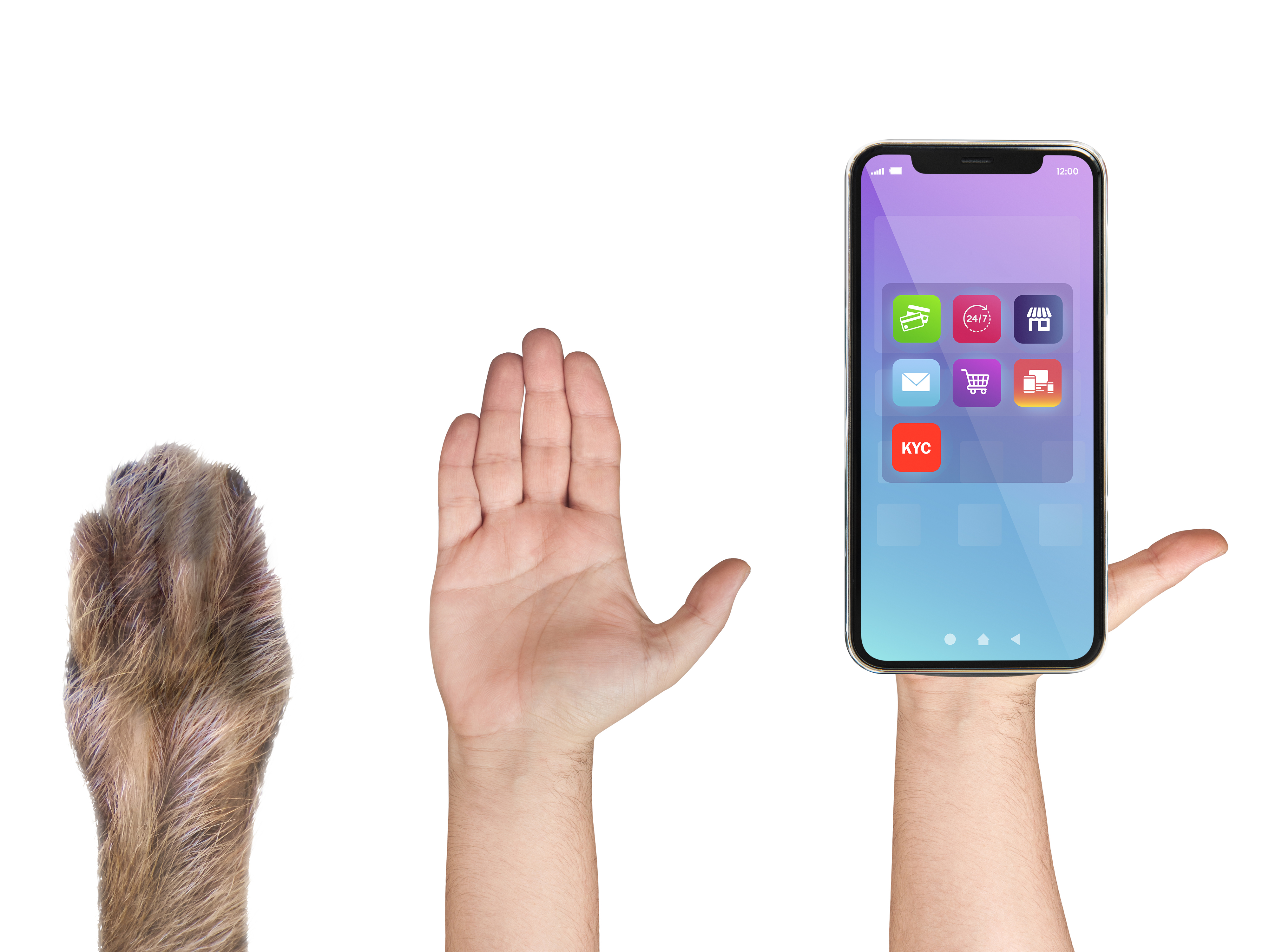Survival of the Fittest: Darwinism in Retail

Charles Darwin would have a heyday watching as retailers are faced with creating, developing, and continually improving their brand’s omnichannel experience for their customers. The omnichannel evolution has hit warp speed with the pandemic as customers seek out convenience, individualization, and frictionless. Now it’s survival of the fittest retailer to increase customer engagement and the omnichannel engagement model utilizes technology to drive business goals and objectives across both the physical and digital channels.
A quick history review reminds us shopping was very personalized in mom-and-pop stores—the butcher knew frequent customers’ favorite cuts of meat, the general store clerk knew the favorite candies of all the children, and a trip to the hardware store meant that the kids were playing where they shouldn’t have been. Then came the big box stores where price and value ruled the day. Customers have now decided that although price and value are still important, convenience, individualization, and frictionless are also top priorities and create more opportunities for businesses today.
Businesses are in a state of forced change to survive. Silos must be broken down to improve communication and thus achieve business goals. Businesses have always and will always focus on the financial rewards; however, realizing how technology empowers the business and its associates to impact the CX and the bottom line is coming full circle from the mom-and-pop days of yesteryear.
What data and capabilities come into play to support an omnichannel strategy?
Omnichannel strategies use technology to provide customers the ability to go between the physical and digital worlds as they so desire, to engage with the brand according to their own unique schedule, and to have a personalized experience. When implementing or modernizing your omnichannel strategy, robust functionality will facilitate the capture of essential data to constantly refine your foundation for omnichannel.
- Know your customer!
- A thorough customer profile requires up-to-date customer data from multiple sources, including POS, eCommerce, apps, loyalty programs, and social media. Once the customer data has been analyzed and the customer insights have been identified, cross-selling and up-selling strategies will not only increase revenue but also improve the operating margin.
- Ultra-personalization implies an audience of one
- Ultra-personalized pricing and promotions are one-to-one communications based on the likes, preferences, and buying patterns of individual customers. Customer data is the key differentiator to enhance and personalize the customer experience through managed product content, micro-segmentation, and abandoned carts. More data captured along the customer journey means more insights for converting shoppers into buyers. Consistent product pricing data across channels can automate promotions of goods driven by customer behavior and/or business goals. Store POS & Omnichannel POS must constantly transfer and audit data to keep customer profiles clean and accurate.
- Buy anywhere fulfill anywhere
- A real-time view of product availability across the entire network of stores is a backend capability built for the customer. Simplified order management from any channel allows the business to source orders and supply inventory from any vendor in the supply chain, effectively shortening fulfillment times and letting the customer know where the product is and when it will reach them.
- Customers love ease of doing business
- Returns & refund management- When customers need to return a product for a refund, they need to be able to choose how to engage with the brand. An optimized claims process with efficient returns processing and refund management will provide long-term benefits for the brand and will help increase sales due to a frictionless process.
Omnichannel looks different in every business. Ready to start or modernize your omnichannel strategy?
Retailers must start to build the omnichannel strategy from the most common touchpoints in their customer journey. Omnichannel is here to stay and will continue to evolve and develop and become more robust as customers continue to raise the standard level of acceptance.
According to a Forrester prediction from the end of 2020, as many as 20% of the Fortune 500 won’t make it through 2021. As we close out 2021 and enter 2022, it seems the only constant is evolution. How will you evolve? Please message me on LinkedIn to schedule a consultation about your omnichannel strategy.
.jpg?width=352&name=magnet-me-315vPGsAFUk-unsplash%20(1).jpg)

